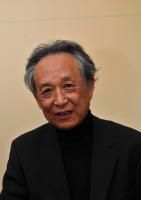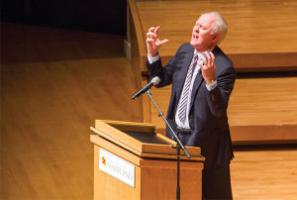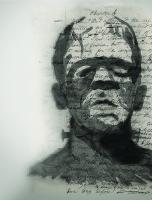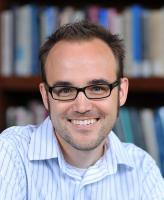by James Chute, The San Diego Union-Tribune
We’re always moving. But most of the time, we’re not even aware of it.
On a recent Saturday in the Old Globe Theatre’s rehearsal hall in Balboa Park, dancer Karen Bradley asked a group of innovators to pay special attention.
She took them through a series of exercises, from being still and feeling the subtle movement in their bodies, to using overt movements to express an idea.
“The point I was trying to make is that movement — when we behave — it’s actually data; it’s information for us,” said Bradley, director of graduate studies at the University of Maryland School of Theatre, Dance and Performance Studies and one of the faculty members for Balboa Park’s Art of Science Learning project.
“When we move creatively, we generate choices, which perhaps we wouldn’t think of in our (brain’s) frontal lobe right away, but stuff bubbles up from the back as we notice what we’re doing.”
So what does this have to do with addressing a significant, real-life challenge, which is the goal of this group created by the Art of Science Learning?
“If you are trying to solve a problem, and you want to see many different possible outcomes, sometimes moving it offers you an array of possibilities,” Bradley said. “Some of them are silly, and goofy, and you go, ‘OK, that’s not working.’ And some of them are like, ‘Wow, I wouldn’t have thought of that otherwise.’ ”
The San Diego Incubator for Innovation — where the arts are integrated with science, technology, engineering and math (also known as STEM) — is now in session.
To read more, please click here.












